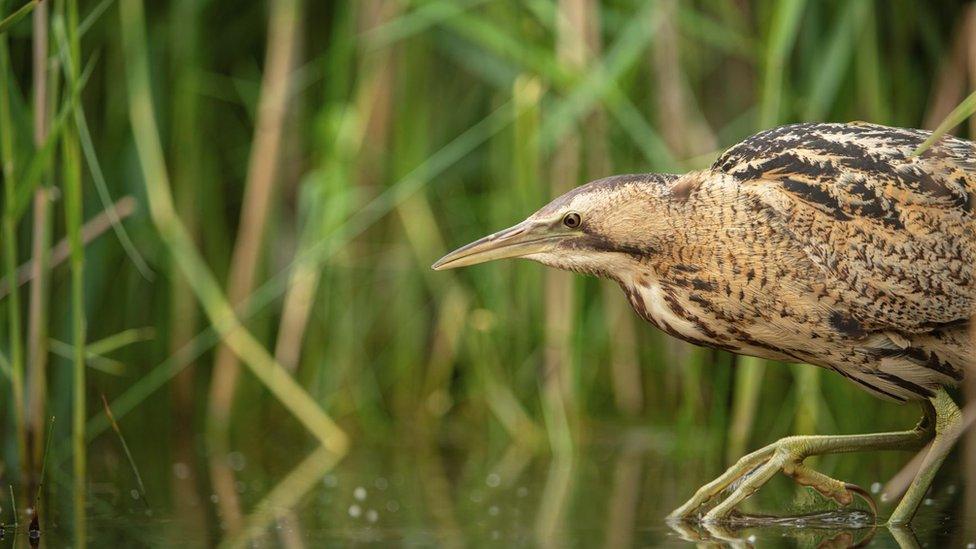New wetland sees rapid influx of wildlife in a year
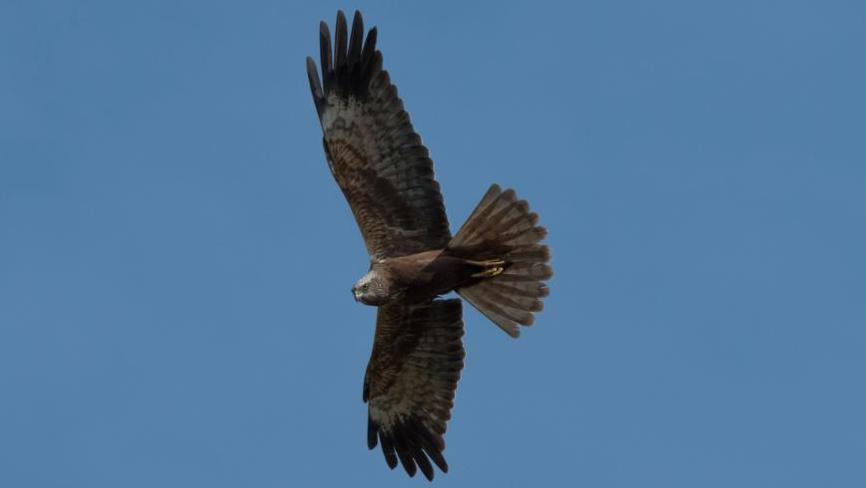
Marsh harriers are among the species arriving at the expanded Lakenheath Fen reserve
- Published
An RSPB warden has admitted he is "startled" by how rapidly wildlife has started colonising a reserve's newest piece of wetland.
It is a year since the charity began work transforming arable fields into a watery habitat as part of an expansion of its Lakenheath Fen reserve on the Suffolk/Norfolk border.
Site manager Dave Rogers said: "We've seen some immediate reaction from some species - and marsh harriers in particular."
The birds, which are of conservation concern, are breeding elsewhere on the reserve and have found the new habitat a rich source of prey.
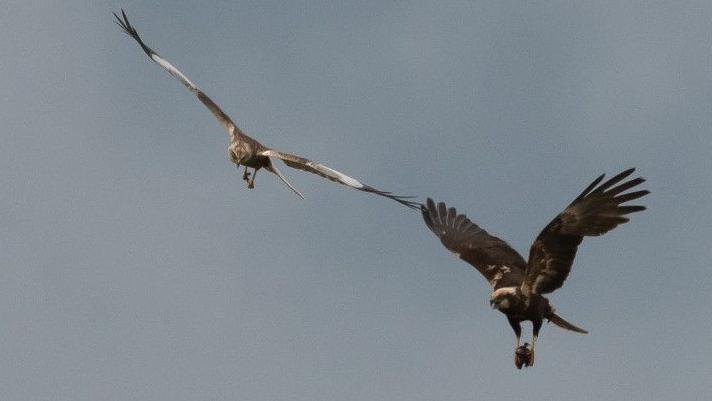
Marsh harriers are known for spectacular "skydancing" courtship routines, in which the males need to show they are able and willing to pass food to the female
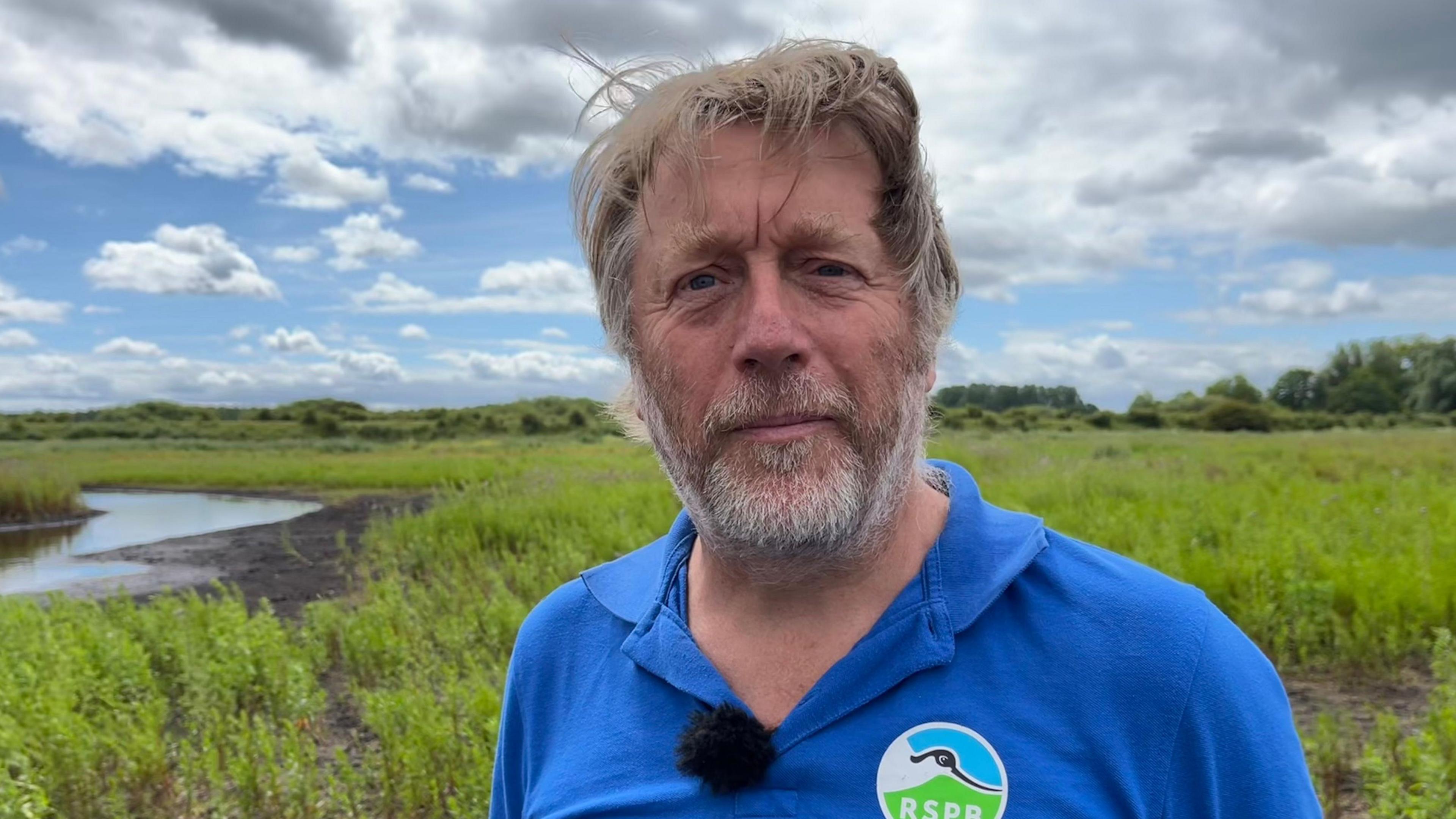
Dave Rogers says the site has a long way to go and as it develops into a sedge-dominated habitat, more species should arrive
"Previously it was open, arable fields and now there's a lot more vegetation, there's a lot more prey items for the marsh harriers to go after, a lot more mammals like voles, water voles and young hares," said Mr Rogers.
"We've been startled to see some of the activity over here."
Marsh harriers numbers had reduced to just one breeding pair in the UK 50 years ago and numbers have steadily risen to about 400 pairs today, but that is still a relatively low figure.
The nature reserve is about 500 hectares (1,235 acres) of reedbeds, grazed fenland and wet grasslands.
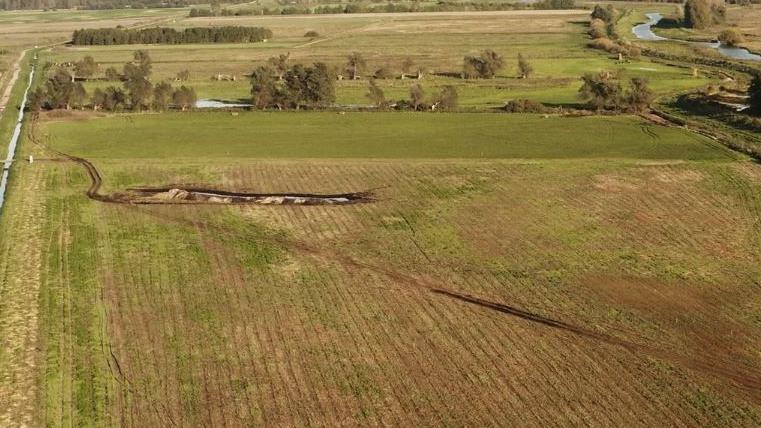
The recently acquired land grew a typical range of arable crops
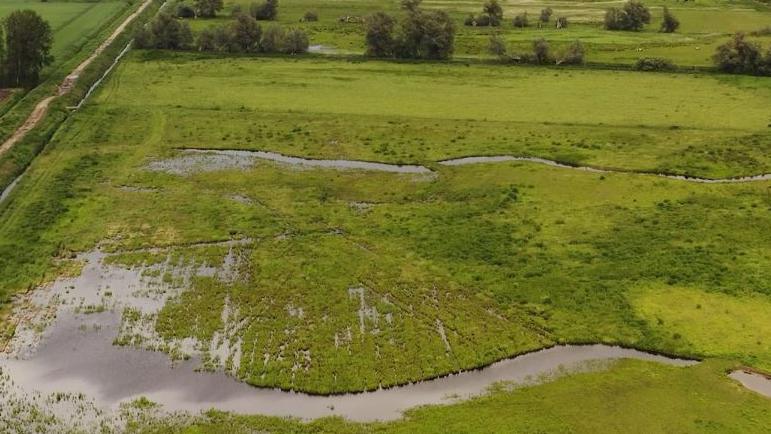
Drainage pipes were removed, sluices were added and the water level risen to make the site much more watery
About 67 hectares (165 acres) of former arable land was taken over last year and the RSPB removed drainage pipes, added sluice dams and raised the water levels.
Eventually the charity wants to create a "sedge-dominated habitat", said Mr Rogers.
"We've been able to get it wet from March onwards because of all the rain we've had - there are waders out here, including lapwing and egrets feeding along the ditches, and we've had a lot of ducks," he added.
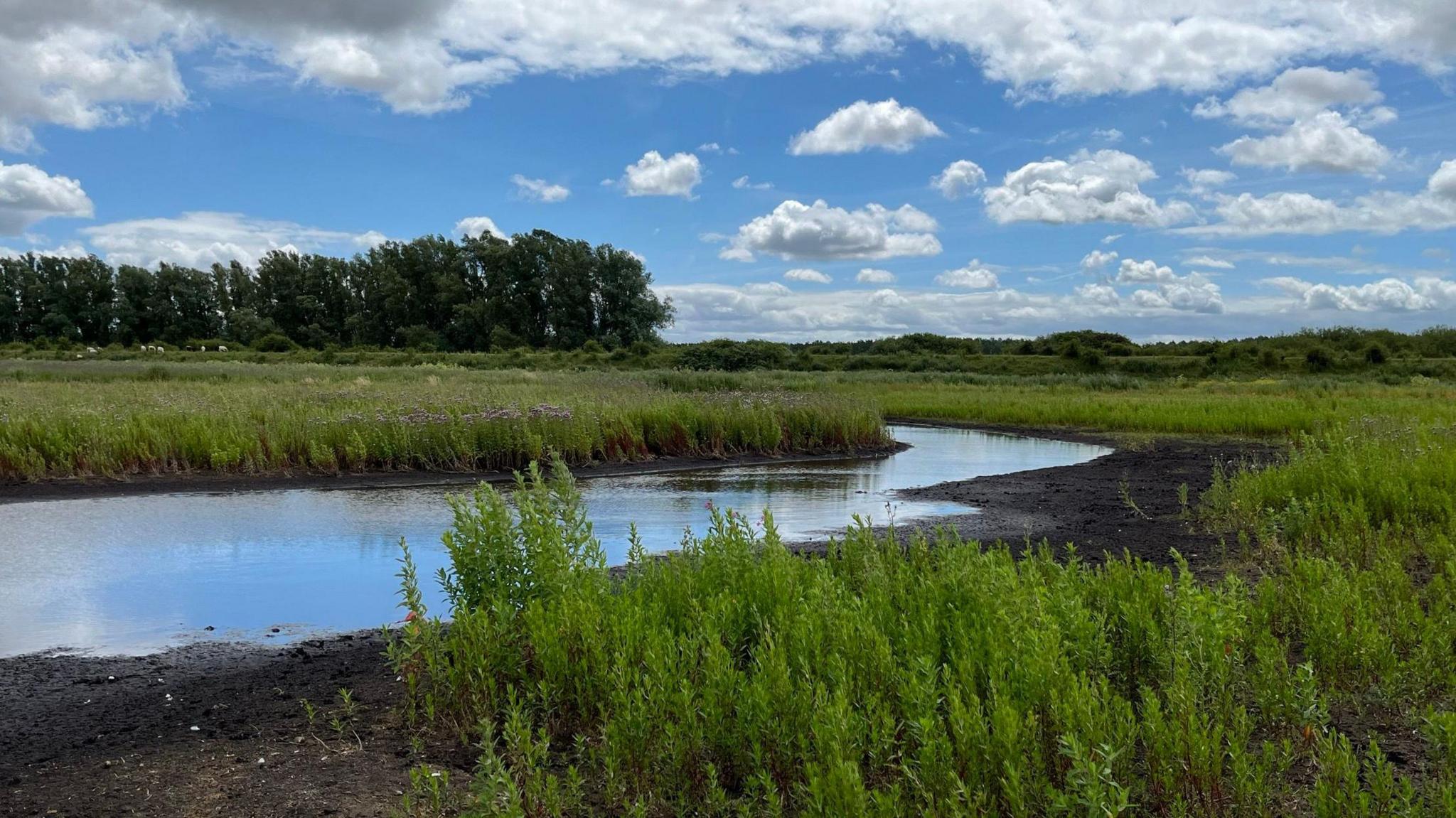
The former fields already provides cover for the sort of prey marsh harriers like such as voles, water voles and baby hares
Construction company Morgan Sindall Group has a long-term relationship with the RSPB and helped fund the acquisition.
Graham Edgell, group sustainability and procurement director, said the purchase "allowed the RSPB to join up an existing patchwork quilt of land into a more cohesive nature reserve".
Its teams have been volunteering on site.
The RSPB hopes to entice cranes, bitterns, lapwing, redshank and skylarks to feed or breed on the new habitat.
Mr Rogers said: "John Lawton did a report for government, external which said bigger nature reserves are always better than smaller ones [for wildlife] - and it is more efficient in terms of retaining water on site and attracting more wildlife."
Follow Suffolk news on Facebook, external, Instagram, external and X, external. Got a story? Email eastofenglandnews@bbc.co.uk, external or WhatsApp us on 0800 169 1830
Related topics
- Published13 September 2023
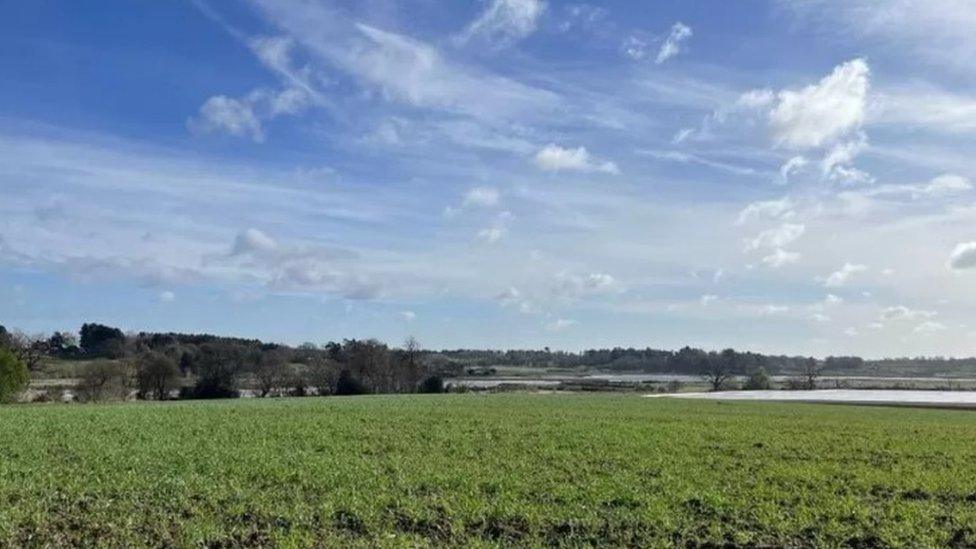
- Published19 October 2022
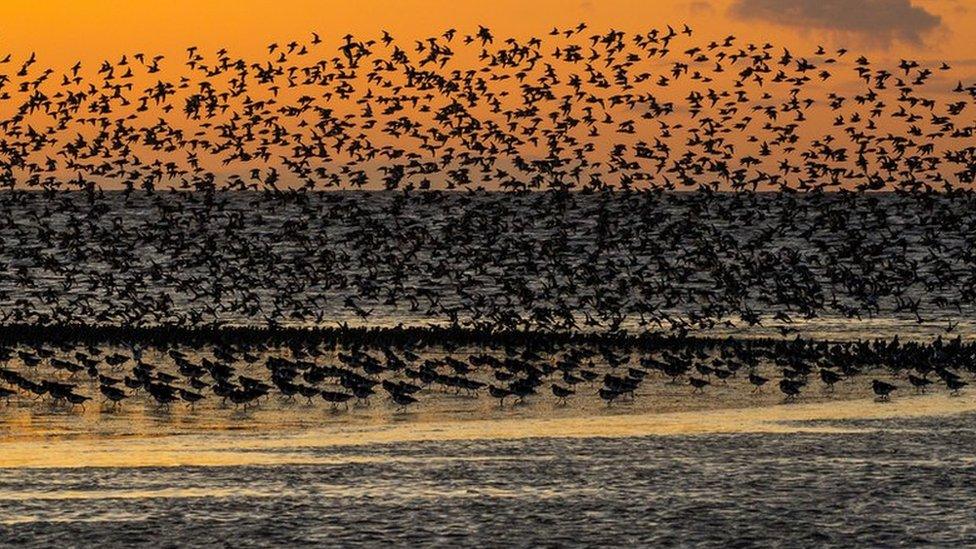
- Published25 April 2022
